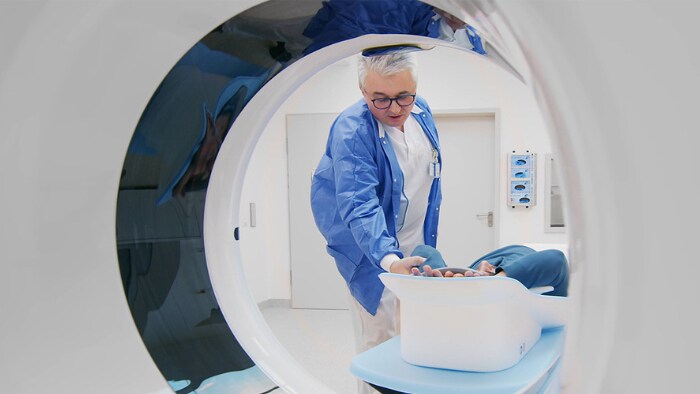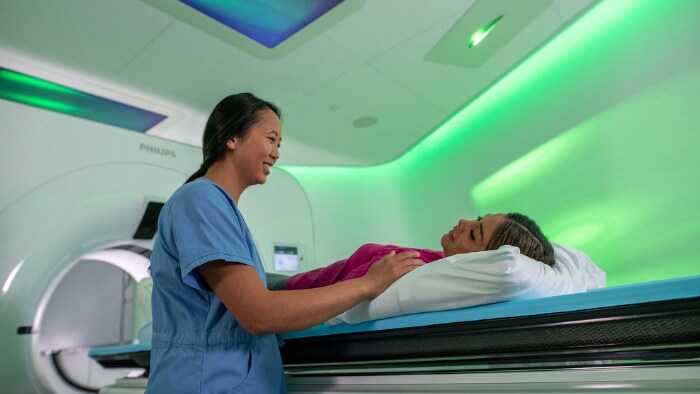CT imaging driving patient care and radiology efficiency in ASEAN
Jun 04, 2024 - Reading time 2-4 minutes
How can CT imaging, powered by AI and new technologies address ASEAN’s healthcare challenges? This feature by Chris Kim, Head of Imaging, Philips APAC, published in Asian Hospital & Healthcare Management, offers new insights.

Health systems in ASEAN are tackling a host of challenges characterized by a triple-threat of aging populations, growing non-communicable diseases and healthcare workforce shortages and burn out. Imaging technologies such as computed tomography (CT) is critical to early disease diagnosis, which allows for timely access to quality care, reducing cost of care in the long run. Access to these technologies is key in enabling the shift towards value-based care, enhancing patient outcomes and cost-effectiveness. CT imaging technology is fast advancing, with shorter time taken to complete a scan, better image resolution, reduction of radiation doses and advanced techniques for specific examinations. Artificial intelligence (AI) and new technologies will continue advancing CT innovation, delivering next level of diagnostic confidence and advanced workflow, improving outcomes, consistency and productivity. For example, first-time right imaging enabled by spectral-detector CT systems has been shown to reduce the human and financial costs of missed and delayed diagnoses. AI is enabling new clinical capabilities and more workflow advances in CT to tackle more complex imaging needs. Today, newer AI-enabled CT systems can triage patients presenting with chest pain with undiagnosed coronary artery disease to free them from unnecessary invasive procedures. Advanced technologies are also enhancing productivity of high-throughput, short-staffed radiology departments with newer systems featuring virtual tools to facilitate remote collaboration and education, overcoming challenges related to increased patient caseloads, complex cases and staff shortages. Lifetime value and sustainability factors are employed in the design of CT systems to lower energy consumption and promote circularity. Reliable services, upgrades and clinical offerings can be applied to extend the life-time value and uptime and future readiness of the system.
The next generations of CTs must be designed with healthcare professionals in mind, empowering them to see beyond clinical complexities and workflow obstacles to improve outcomes, consistency and productivity, and offering a new perspective in sustainable healthcare.
Chris Kim
Head of Imaging, Philips APAC

Powered by AI and advanced technologies, the CT modality will enable enhanced workflows and next-level diagnostic confidence, ultimately improving patient outcomes. Find out more about these advancements and how partnership is key to bringing these possibilities to life, widening access to imaging and enabling timely diagnoses and care. Read more on Asian Hospital & Healthcare Management








